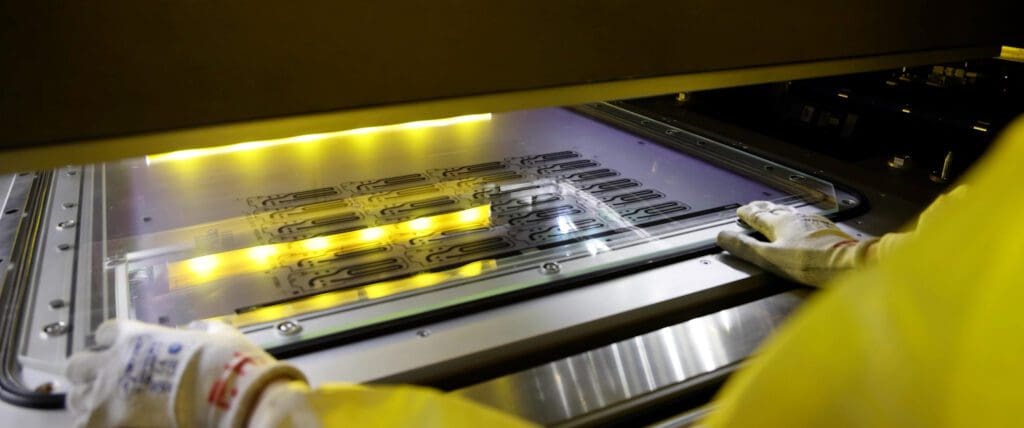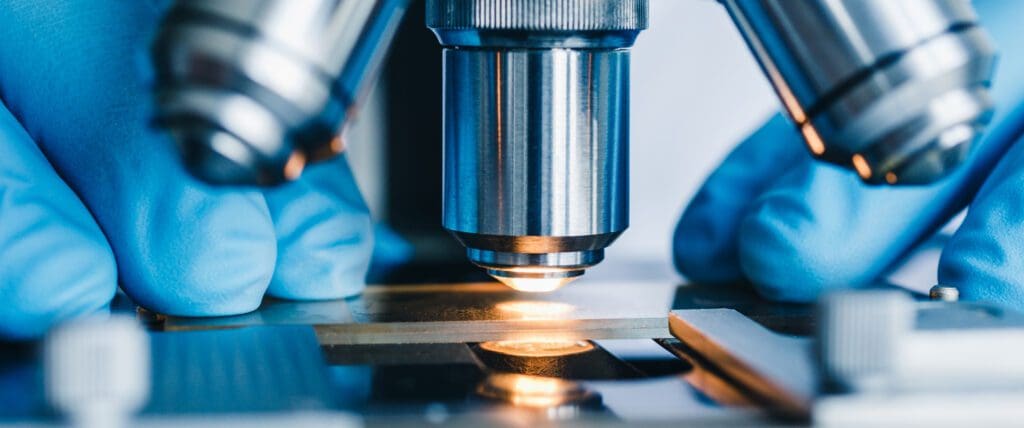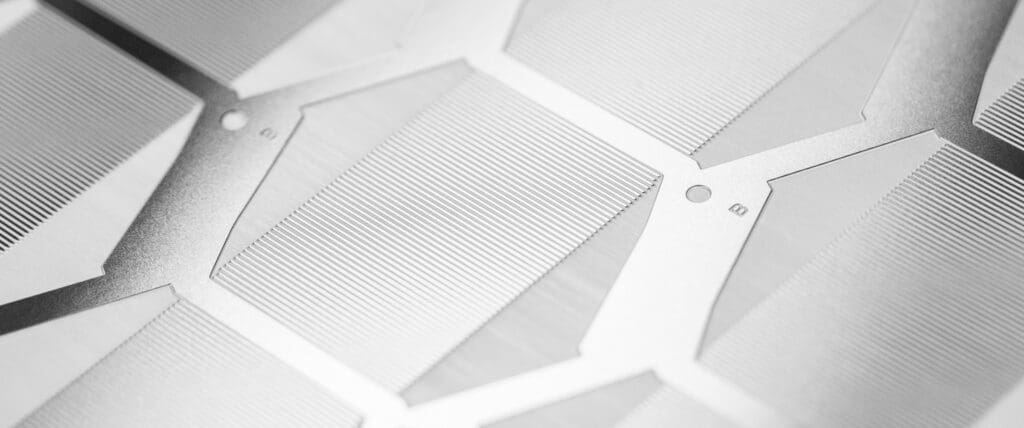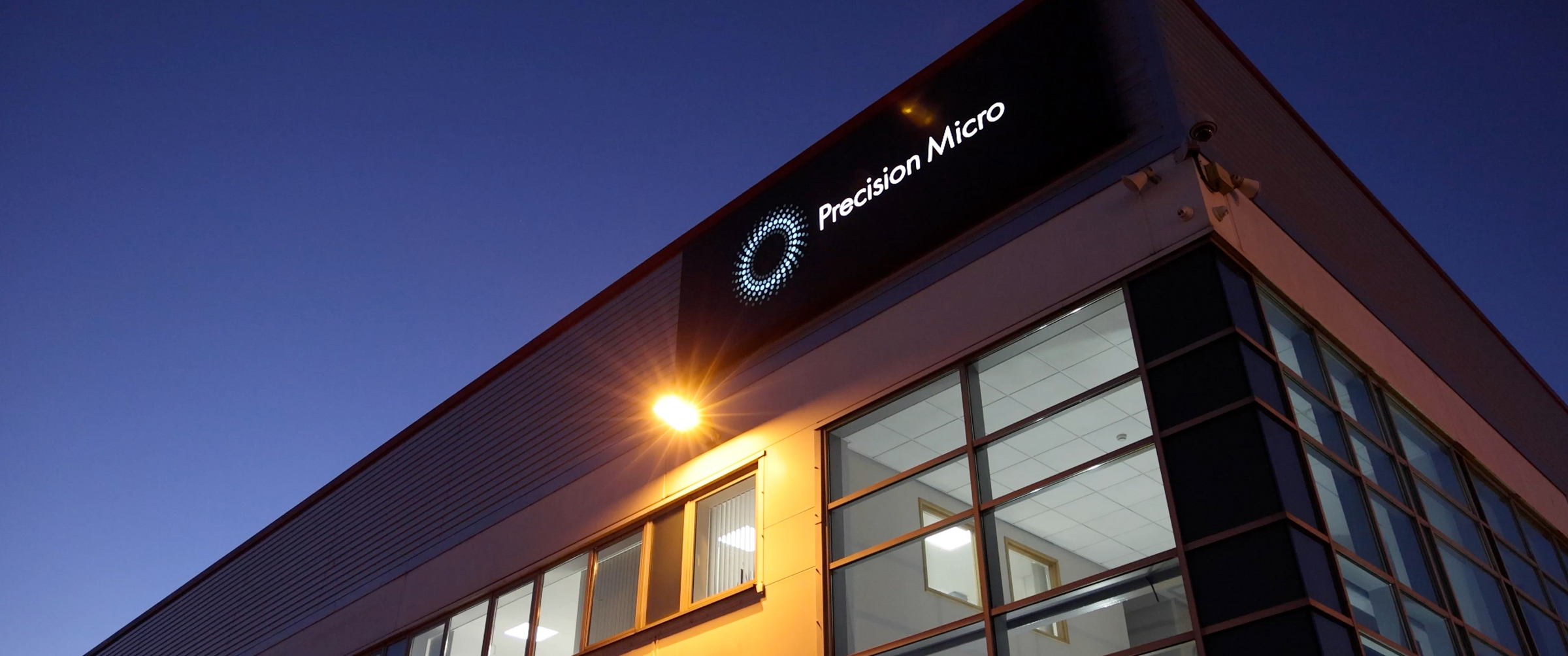Getting the measure of etching: Why you shouldn’t always default to stamping
When manufacturing components from metals there are numerous options available to design engineers, some traditional, some relatively new and innovative. However, when component characteristics are very precise, complex and high degrees of accuracy are required, the number of viable production manufacturing processes is greatly reduced. For such applications industry typically defaults to stamping, but this may not always be the most suitable option.
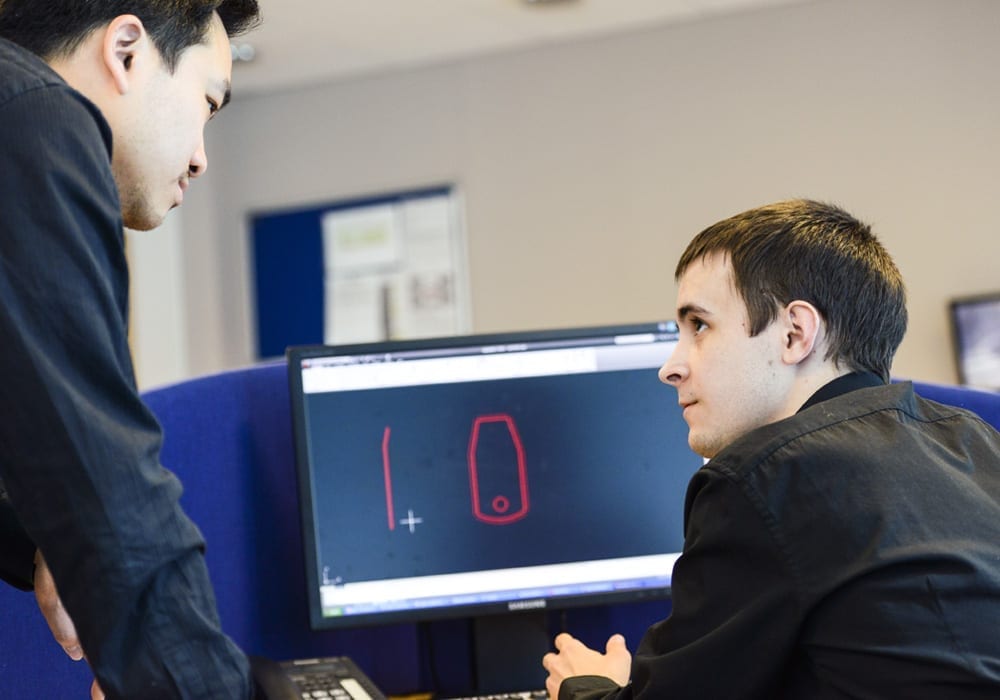
Photo chemical etching: An introduction
Photo chemical etching, often known as photo etching, chemical etching or chemical milling, is a highly precise, tightly controlled corrosion process used to produce complex metal components with very fine detail.
Many people’s awareness of etching will be limited to its artisan background, notably Rembrandt etchings or medieval sword engraving, but today it is a sophisticated technology enabling next-generation aircraft, satellite communications and low and no emission vehicles.
What makes chemical etching unique?
Although developed as a sheet metalworking technology more than 50 years ago, etching has seen rapid growth in the last decade and is being adopted by designers ‘in the know’ to solve a wide range of engineering challenges, many of which are either not achievable or cost-effective with traditional stamping.
Product designers need to appreciate that etching can truly stretch the boundaries of what is possible, not only answering key questions on product features, complexity and efficiency, but in some instances offering enhancements of component characteristics.
Standard etching tolerances are typical to ±10% material thickness, but greater accuracy can often be achieved
The process can be applied to almost any sheet metal 0.01mm – 1.5mm thick in a variety of grades, and unlike stamping does not struggle with very hard materials. Precision Micro, Europe’s market-leading chemical etching supplier, produces over 50 million components each year from over 2,000 metals types, including those considered hard to machine, such as titanium and aluminium.
Standard etching tolerances are typical to ±10% material thickness, but greater accuracy can often be achieved. Minimum component features are 0.1mm, though surface-etched features can be finer and are not defined by the thickness of the material.
Unique characteristics can be designed into products manufactured using chemical etching by taking advantage of the inherent edge “cusp” created during the process. Etch cusp can be controlled, and by so doing, a range of profiles can be introduced that allow the manufacture of sharp cutting edges (such as those used in medical blades) or conical openings, such as those used to direct fluid flow in filtration meshes.
Low barrier to entry
Chemical etching not only copes well with difficult geometries, but it also allows design engineers enormous flexibility, facilitating the adjustment of designs right up to the point of manufacture due to the use of digital tooling.
Digital tooling comes without the cost of hard steel tools needed for punching and stamping and is also extremely quick to create and adapt, making the process ideal for prototyping. Also, as the tooling is transferred to metal through a contact printing process, there is no tool wear ensuring the first part produced is identical to the last.
With stamping part complexity adds cost, whether in low, medium, or high volume applications. The complexity of a product means the necessity for a complex mould tool and complex tooling means increased costs, increased potential for tool failure and increased lead-times for satisfactory completion. Chemical etching is unaffected by the level of tool complexity and it makes no difference in terms of costs or lead-time how complex the geometry of the part is and therefore the complexity of the digital tooling.
Flatness, burrs and stresses
Etched components are completely flat, making the process especially well suited to the manufacture of parts that require subsequent assembly by way of stacking and bonding, such as motor laminations, bipolar fuel cell plates and heat exchangers.
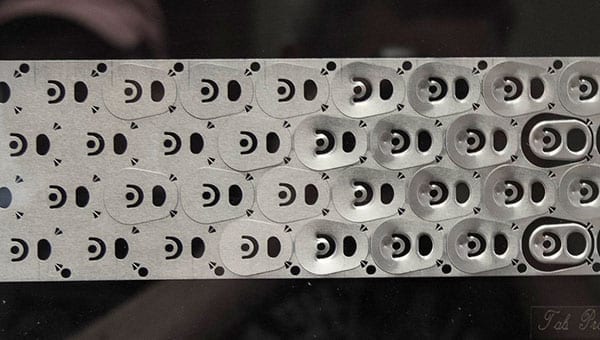
Unlike stamping, there is no degradation or distortion of the metal being processed, therefore parts and burr and stress-free. Typical components specified include safety-critical flexures for use in ABS braking systems and fuel injection, which must actuate millions of times without failure.
In summary
Photo chemical etching is best suited to complex parts with high degrees of accuracy, or parts which rely on the integrity of the material. In extremely high volume runs where the tooling expense is justifiable, and where designs are not overly complex, stamping typically represents a more economical process.
As a global leader in chemical etching, Precision Micro has been active for over 50 years. However, it takes more than age to be a market leader. Continual investment in its technologies, often driven by its customer’s engineering challenges, has ensured Precision Micro has remained at the forefront of chemical etching and remains the leading supplier of intricate, often safety critical, precision metal parts and components for leading names across a range of high-tech industry sectors.
View a comparison table to see how etching and stamping compare
Chemical Etching Whitepaper
Learn how chemical etching can overcome the limitations of traditional sheet metal machining technologies.
Download